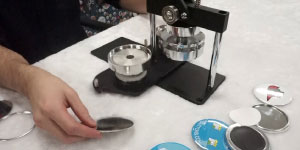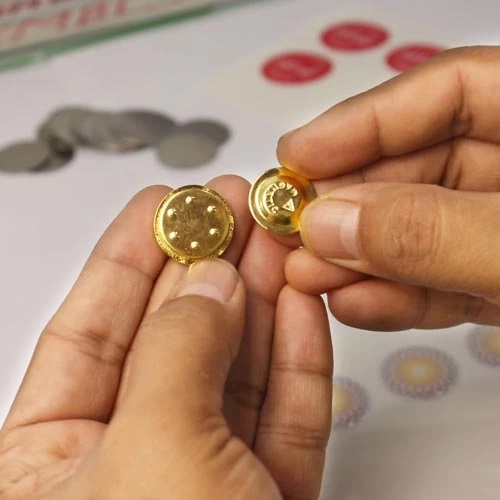Products Assembly
The process of putting together a final product from its component parts requires an important step in the printing industry called assembly. This procedure may entail a number of different processes for finishing, such as folding, trimming, stapling, binding, or combining diverse sections of a page into a single document that is cohesive. In the printing process, one of the most important steps is called assembly. During this stage, the different parts of the printed material are put together to produce a coherent whole that is ready to be distributed or used.


Over the course of time, there has been a substantial advancement in printing technology, and assembly procedures have had to modify in order to keep up with these developments. In the early days of printing, assembly was a labor-intensive process that involved manually collating and binding each individual page. This required a lot of physical dexterity. However, recent developments in technology have made it possible to automate a significant portion of these procedures, which has resulted in the manufacture of printed materials that is both quicker and more effective.
In this piece, we will investigate what exactly is meant by the term “assembly” in the printing industry, as well as the various types of assembly processes and the ways in which technology has impacted the assembly process.
What does “Assembly” mean when it comes to printing?
The term “assembly” comes from the printing industry and refers to the process of assembling a finished product out of several printed pieces. This procedure may entail a number of different processes for finishing, such as folding, trimming, stapling, binding, or combining diverse sections of a page into a single document that is cohesive. In the printing process, one of the most important steps is called assembly. During this stage, the different parts of the printed material are put together to produce a coherent whole that is ready to be distributed or used.
After printing and finishing, the step that comes after assembly on the list of printing process steps is frequently the very last one. Following the printing and completion of the separate components, the components are then put together to form the final product, which may take the form of a book, brochure, or catalog. The process of assembly requires great attention to detail because any mistakes or misalignments during the procedure might have an effect on the quality and usability of the finished product.
Different Methods of Putting Things Together
Printing makes use of a variety of different assembly processes, including the following:
Folding is a procedure that is used to make numerous panels or pages from a single sheet of paper. Folding is also known as accordion folding. This method is typically utilized in printed documents such as brochures, flyers, and other printed items that require several panels for the display of information. Folding can be done by hand or with automatic folding machines, depending on your preference.
The process of trimming involves cutting the edges of printed materials to ensure that they are straight and even. Trimming is also known as edging. This method is frequently applied to printed sheets in order to cut away any unnecessary borders or extra material that may have been included. Manual labor or automated cutting machines can be used to perform the trimming process.
Stapling is a method that is used to bind many sheets of paper together using staples. Stapling is also known as stapling. This method is frequently utilized in booklets, pamphlets, and other types of printed documents that call for a number of individual pages to be bound together into a single unit. One has the option of manually stapling documents or employing automatic stapling equipment.
Binding is the technique of attaching many sheets of paper together in order to make a book or other bound document. Binding can also refer to the finished product of this procedure. Printing utilizes a number of different processes for binding documents, the most common of which are saddle stitching, perfect binding, and spiral binding. Depending on the requirements of the project at hand, each method of bookbinding offers a unique set of benefits and drawbacks.
Collating is a procedure that includes arranging many sheets of printed content in a particular order. Collating is also known as affixes. This method is frequently utilized in books, catalogs, and other types of printed products that call for a particular page order. The sorting process can either be done by hand or with the assistance of automated devices.
The process of adding additional printed elements, such as inserts or supplements, into a printed document is referred to as “insertion,” and it is also known simply as “insertion.” This method is frequently utilized in periodicals such as magazines, newspapers, and other forms of printed material that contain advertising or require more information.

